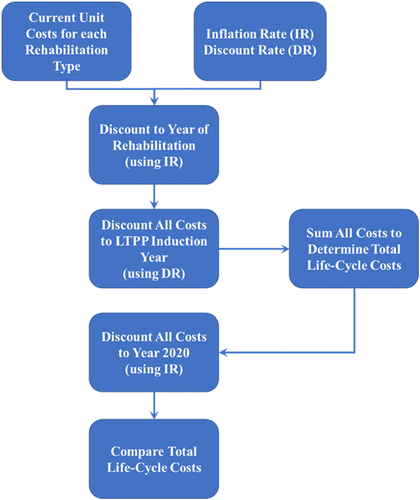
Rehabilitation costs are a common concern for people in need of treatment after an accident or illness. These expenses can be in the form of intangible, hard or incremental costs. Age is also a factor in the cost of care. These factors should be considered before choosing a rehab center. You should make sure that your employer approves of your treatment plan so that you have a job when you return.
Indirect costs of care
Indirect costs are costs that do not directly result from a person’s injury. These costs can vary by age, impairment, household composition, personal attributes, and environmental conditions. They are not captured in traditional poverty estimates. These data are valuable in planning rehabilitation services that are appropriate for the severity of an injury.
A primary type of indirect cost rate is the provisional rate, which is a temporary estimate of the indirect cost rate for a specified period. These costs are not fully recovered until a grantee submits a final rate proposal to the cognizant federal agency six months after the close of a fiscal year.
Hard costs of care
Generally, the Hard Costs of Rehabilitation are the costs incurred during the physical renovation of a unit. These include materials, labor, and equipment. But these do not include administrative or design costs. The government, housing associations, and private entities may fund rehabilitation with a portion of their funds. For such projects, the Department of Housing and Urban Development can provide information on available funding opportunities.
The hard costs of rehabilitation are not included in the Federal assistance for rehabilitation. This aid is only provided for rehabilitation that is substantially required. For example, the Federal government will cover the costs of rehabilitation of a unit if it meets certain criteria. The average cost of rehabilitation per unit will not exceed $22,000, but will be less than $37,500.
Incremental costs of care
Rehabilitative care is not merely a matter of treating patients in a rehabilitation facility; it has wider implications for health systems and the community. Patients often use health services and resources for months or years after they are discharged. This can include visits to allied health professionals and informal care. This means that economic evaluations of rehabilitation care that only consider costs at the rehabilitation facility would miss the ongoing health resources that patients may need.
To determine these costs, researchers studied direct health care utilization in individuals with traumatic SCI. The study compared the direct costs of initial inpatient acute care, rehabilitation after discharge, and acute care readmissions one year after index discharge. While these costs were higher in the early 2004/05 period, they were likely due to the lingering effects of the severe acute respiratory syndrome epidemic and the desire to minimize hospital utilization. The study also noted incremental individual-level costs associated with age, concurrent traumatic brain injury, inpatient rehabilitation, and complex continuing care hospitalizations.
Impact of age on cost of care
One study looked at the impact of age on the cost of rehabilitation for older adults with traumatic brain injury (TBI). The results showed that older patients with TBI had longer rehabilitation stays and greater costs. The findings also suggested that sex may influence rehabilitation outcomes. For example, men were more likely to require home health care after their rehabilitation, while women typically received rehabilitation for a shorter period of time.
In the United States, a higher proportion of elderly people contribute less to the costs of prime-age adults. In contrast, Europe is heavily dependent on public transfers to support elder care, which can be expensive as the population ages. In Europe, the retirement age is higher than in the United States, and Latin America and Asia are similar in terms of the older population.
